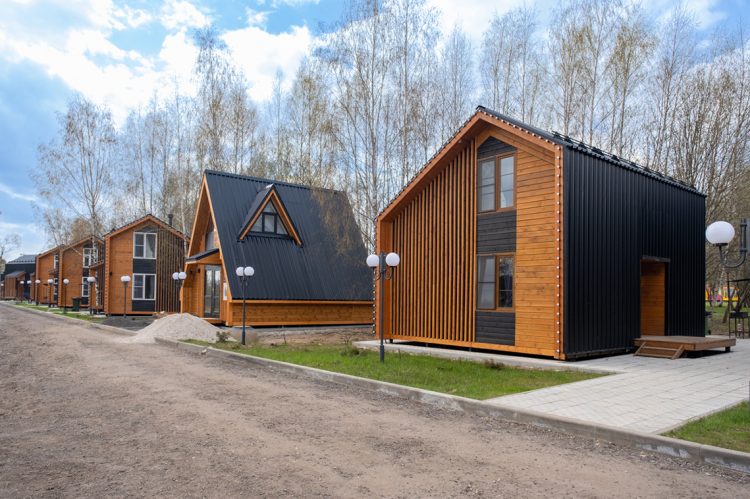The idea of living in a tiny home wasn’t on most people’s radar more than a decade ago. But in recent years, the tiny homes movement has received much attention from TV shows and downsizing evangelists.
Fewer people are aspiring to larger properties and are instead seeking the benefits of tiny houses. Larger homes have more significant costs to cover maintenance requirements and mortgage repayments.
The cost of tiny homes is one of the biggest draws for this developing market. Lower purchase or construction costs mean more tiny homeowners are mortgage free.
Even when a home loan is required, more options are available and sometimes lower costs. Tiny houses are one of the best low income housing options.
What counts as a tiny house?
While there isn’t an official definition, homes under 500 square feet and free-standing homes are generally considered tiny. The free-standing requirement means that small apartments aren’t considered tiny homes.
Should you join the tiny homes movement?
A more minimalist way of living will be required when downsizing to a tiny home, but it doesn’t mean a complete change.
With such a small amount of space available, tiny houses need to make the most of every square foot. This means furniture that folds away when it isn’t used and bedrooms in loft areas.
And with a limited amount of square footage, you can’t afford to be a hoarder. You may need to be fairly ruthless when sorting through your stuff to rid yourself of the things you no longer need. While you can rent storage space, this might not be a cost you want to continue to pay for many years.
Building a tiny house
A tiny house is a simpler property to construct, requiring fewer contractors and materials. This keeps the cost of tiny homes down. You can reduce this even further if you do it yourself.
With the increased interest in smaller homes, more contractors specialize in their construction. Online resources like the Small House Society and Tiny House Listings offer a list of contractors specializing in the homes.
Thanks to the increased simplicity of this type of home construction, many people choose to build them themselves. There are online resources and videos to help you, and some companies sell kits to make it even more straightforward.
If you do choose to DIY-build your tiny home, you can gain knowledge and confidence by helping out someone who is already constructing this type of home. Getting hands-on experience like this will be invaluable to making your build easier.
Understand building codes and permits
Though building a tiny house without getting a permit or checking building codes can be tempting, that would be a mistake. You need to know the rules in your area before you begin, as some counties have restrictions that might mean tiny houses are not permitted.
Some cities have created building codes tailored to tiny houses. These make constructing a tiny dwelling less daunting, whether they are on wheels or not.
Before buying land to build it will be critical to find out if your project is possible.
Paying for your tiny home
If you need a loan to construct your tiny property, you can’t usually get a mortgage like you would with a regular home.
Instead, you could use a personal loan from a credit union or your bank, though the interest rates are usually higher than a mortgage. RV loans could be a better option, though your property needs to be a recreational vehicle and not a stationary home.
If you are having your tiny house built by a manufacturer, they might offer a loan to pay for it. The terms on a loan like this should be compared to other options, as the fees and interest rates will differ.
Credit cards could come to the rescue if you don’t have any other options. This might limit you to spending $30,000, but that is often enough for a build like this. You might also have options for an interest-free period if your credit is good.
While there are loan options for lower income, tiny homes typically do not qualify.
Final thoughts
For many, the idea of owning a home seems like a distant dream. Student loans can make buying a house difficult early on. But choosing a tiny home reduces the initial costs and ongoing expenses.
If you can live with the restrictions, downsizing to a tiny dwelling makes home ownership a more reachable goal.
Bill Gassett is a nationally recognized real estate leader who has been helping people buy and sell MetroWest Massachusetts real estate for the past 35 years. Bill is the owner and founder of Maximum Real Estate Exposure. For the past decade, he has been one of the top RE/MAX REALTORS® in New England.












